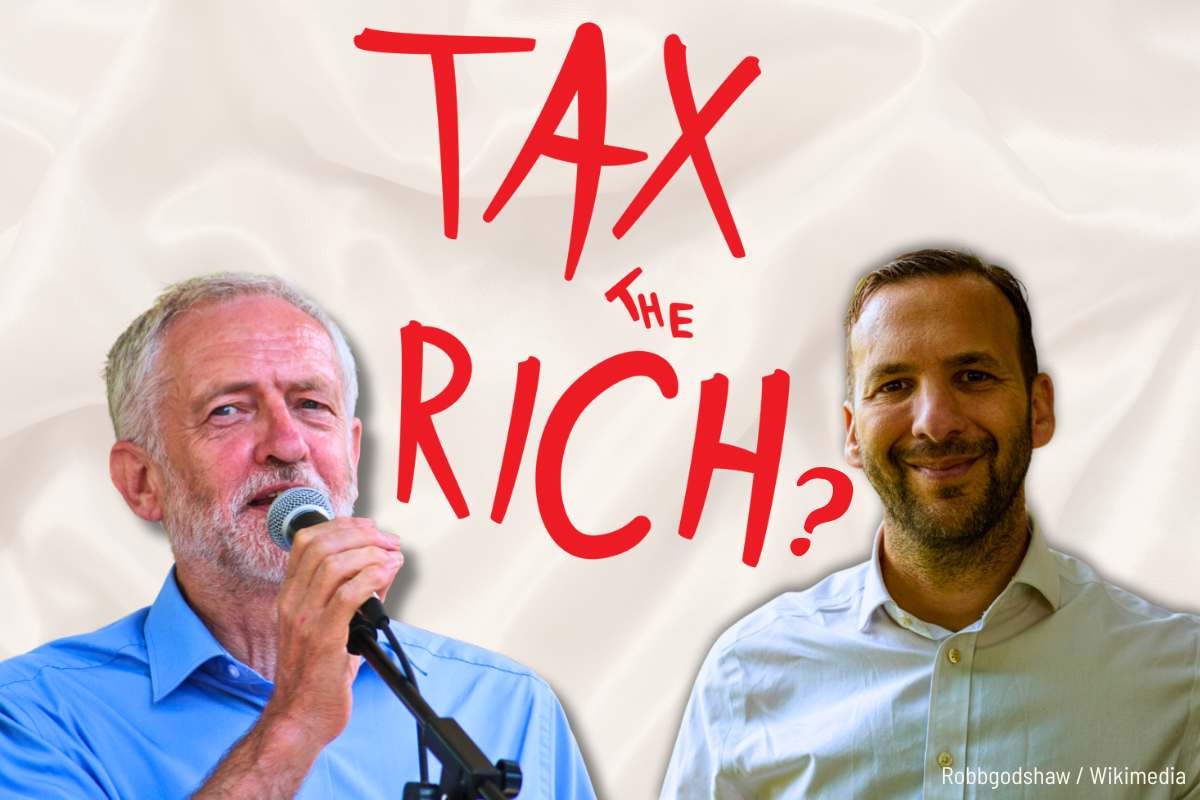The nineteenth century was an era of price stability. It was also the age of the gold standard. This meant that, when nations traded with one another, a country with a surplus could ask for the balance to be settled in gold. Not only that: a British citizen could in theory march into the Bank of England and demand gold in exchange for paper money. Not many people actually did it. But the mere prospect of that meant the Bank could only issue notes that were backed with gold, so inflation was never a problem. Inflation can have many triggers, but it always involves an increase in money emissions at some point in order to give expression to higher prices. It is difficult to increase the money supply quickly if you have to mine precious metals, so runaway inflation just didn’t happen back then.
On the outbreak of the First World War the gold standard was suspended. All the warring nations began to print money to pay for the War. For the first time in living memory (actually since the Napoleonic Wars, when the gold standard was also suspended) people experienced a general rise in prices. After the War orthodox economists and politicians strove might and main to go back on the gold standard. But the Great Depression doomed the gold standard for ever, as it happened.
After the Second World War the USA emerged as the economically hegemonic power. At Bretton Woods it imposed its own rules on the world economy. The dollar was deemed ‘as good as gold’. Paper money was now the norm. Domestic convertibility of paper money into gold was at an end.
Throughout the 1950s and 1960s inflation proceeded at about 3% a year. Most workers didn’t worry about this as their wages were going up by more than that. But an awareness of inflation was built into the wage bargaining process. These times were an economic golden age, with full employment for the first time ever under capitalism.
The dominant economic school of Keynesianism saw inflation as a situation where the economy was running too fast. It was better than the alternative, unemployment, which occurred when the economy was running too slow. The Keynesians believed they could manage the economy so inflation would not run out of control.
By the late 1960s inflation had begun to accelerate. We saw rising commodity prices, as we do today. The long boom had caused shortages of raw materials. Then oil prices quadrupled in 1974 apparently out of a clear blue sky. It was suddenly clear that the great post-War boom was fuelled by access to cheap oil and commodities. Isn’t this exactly what we’re seeing now at the end of the present boom?
By the early 1970s inflation was at 9%. Think about it. If workers didn’t get compensation in the wage packet for the rise in prices in the course of a year they would be seriously out of pocket. People on fixed incomes were struggling. This was a certain recipe for class struggle.
In 1974 inflation was 16%. The next year it was nearly 25%. The Keynesian economists talked about demand-pull and wage-push inflation. The workers were to blame! Labour Prime Minister Harold Wilson declared that, “One man’s wage increase is another’s price increase.” The solution was to be wage restraint.
The trouble with this analysis was that 1974 was also the year of the first general recession for world capitalism since the Second World War. We had inflation alongside of mass unemployment – impossible according to Keynesian theory. The situation was called ‘stagflation’ or ‘slumpflation’.
A new generation of economists recalled the warning of the economist Kalecki in 1943. Under sustained full employment he had predicted, “The social position of the boss would be undermined, and the self-assurance and class consciousness of the working class would grow. Strikes for wage increases and improvements in the conditions of work would create political tensions.” Calling themselves monetarists, they talked about controlling the economy by directly targeting the money supply. Really they were determined to restore the balance of power in favour of the boss class by whatever means necessary.
The Labour government fell in 1979 and Thatcher, committed to a monetarist policy, came to power. The Iranian revolution the same year caused the second oil shock and in 1980 inflation was back up to 18%. The Tories tried to control the money supply, but found there were several different measures, and they were moving in different directions! These days the monetary authorities try to influence the economy by way of interest rates. But this affects the demand for money. Nobody claims to know exactly what ‘the money supply’ is.
Recession combined with the Tories’ obsession with creating mass unemployment to undermine the unions meant jobless figures reached three million by 1982. Inflation fell back, but was stoked up later in the decade by Tory Chancellor Lawson, pumping money into the economy in a desperate attempt to get the deservedly unpopular Thatcher government re-elected. Inflation was 7.8% in 1989 and 9.5% in 1990.
Inflation subsidised in the 1990s but has crept back up after the economic slowdown of 2001. From time to time it breaks out like the measles.
Keynesianism didn’t work as a solution to inflation. Monetarism didn’t work either – it was just an ideological weapon against the working class. Capitalism is an unplanned system. The government can’t really control inflation. Now it’s back!






